Service hotline
+86 0755-83044319
release time:2025-04-12Author source:SlkorBrowse:1130
April 12, 2024 — According to a report by South Korean media Asiae on April 10, Samsung plans to begin mass production of its first 2nm-process Exynos 2600 chip in November 2025. If the Galaxy S26 series successfully integrates the Exynos 2600, Samsung could showcase its 2nm technology prowess and attract more clients.
IT Home cited the report, highlighting major advancements under Han Jinman, the new Head of the Foundry Division. Within just four months of his appointment, Han focused on optimizing production yields and refining business strategies. He overhauled the 2nm process line and operational models to solidify Samsung’s technological edge and expand its market reach.
Han has aggressively diversified Samsung’s client base—extending from North American giants to design firms in China, India, and Europe—while securing mature-node orders to reduce fixed costs and enhance competitiveness in advanced processes.
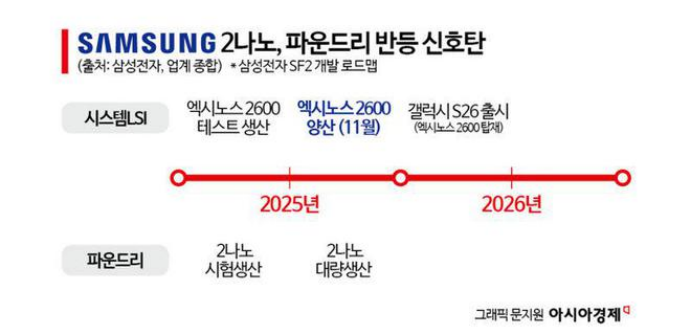
The Exynos 2600 leverages Gate-All-Around (GAA) technology, surpassing traditional FinFET processes. GAA’s four-sided transistor structure boosts performance and reduces power consumption, ideal for high-performance chip demands.
Samsung previously pioneered 3nm GAA production but struggled with low yields, failing to reverse its foundry losses. The 2nm process yield has reportedly surged from 20-30% early this year to over 40%, far outpacing its 3nm performance.
Industry analysts suggest that if the Exynos 2600 debuts in the Galaxy S26, slated for Q1 2026, it could revitalize Samsung’s foundry business and attract external customers.

However, Samsung still trails far behind TSMC, the industry leader. TSMC’s initial 2nm yield reportedly reached 60%, while mass production typically requires stable yields of 70-80%. Samsung must further optimize its process in the latter half of 2024 to narrow the gap.
Per TrendForce data, TSMC held 67.1% of the global foundry market in Q4 2024, while Samsung’s share dropped to a single-digit 8.1%—a historic low.
Amid challenges, Han Jinman has prioritized “technological advancement” and “client expansion” to drive foundry transformation. Despite rumors of Samsung exiting the foundry market, the company reaffirmed its commitment to continued investment, aiming to become an industry benchmark through technological integration.
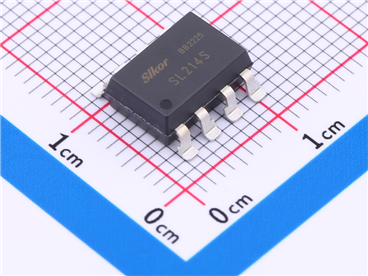
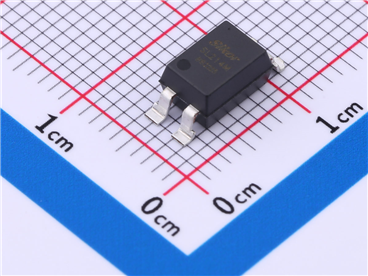
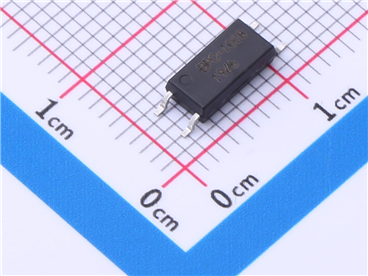
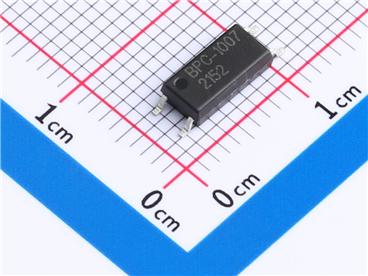
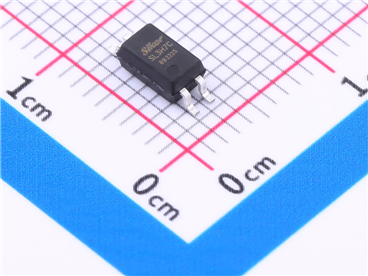

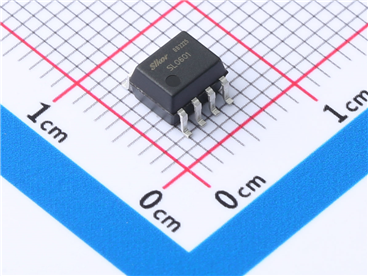


Site Map | 萨科微 | 金航标 | Slkor | Kinghelm
RU | FR | DE | IT | ES | PT | JA | KO | AR | TR | TH | MS | VI | MG | FA | ZH-TW | HR | BG | SD| GD | SN | SM | PS | LB | KY | KU | HAW | CO | AM | UZ | TG | SU | ST | ML | KK | NY | ZU | YO | TE | TA | SO| PA| NE | MN | MI | LA | LO | KM | KN
| JW | IG | HMN | HA | EO | CEB | BS | BN | UR | HT | KA | EU | AZ | HY | YI |MK | IS | BE | CY | GA | SW | SV | AF | FA | TR | TH | MT | HU | GL | ET | NL | DA | CS | FI | EL | HI | NO | PL | RO | CA | TL | IW | LV | ID | LT | SR | SQ | SL | UK
Copyright ©2015-2025 Shenzhen Slkor Micro Semicon Co., Ltd